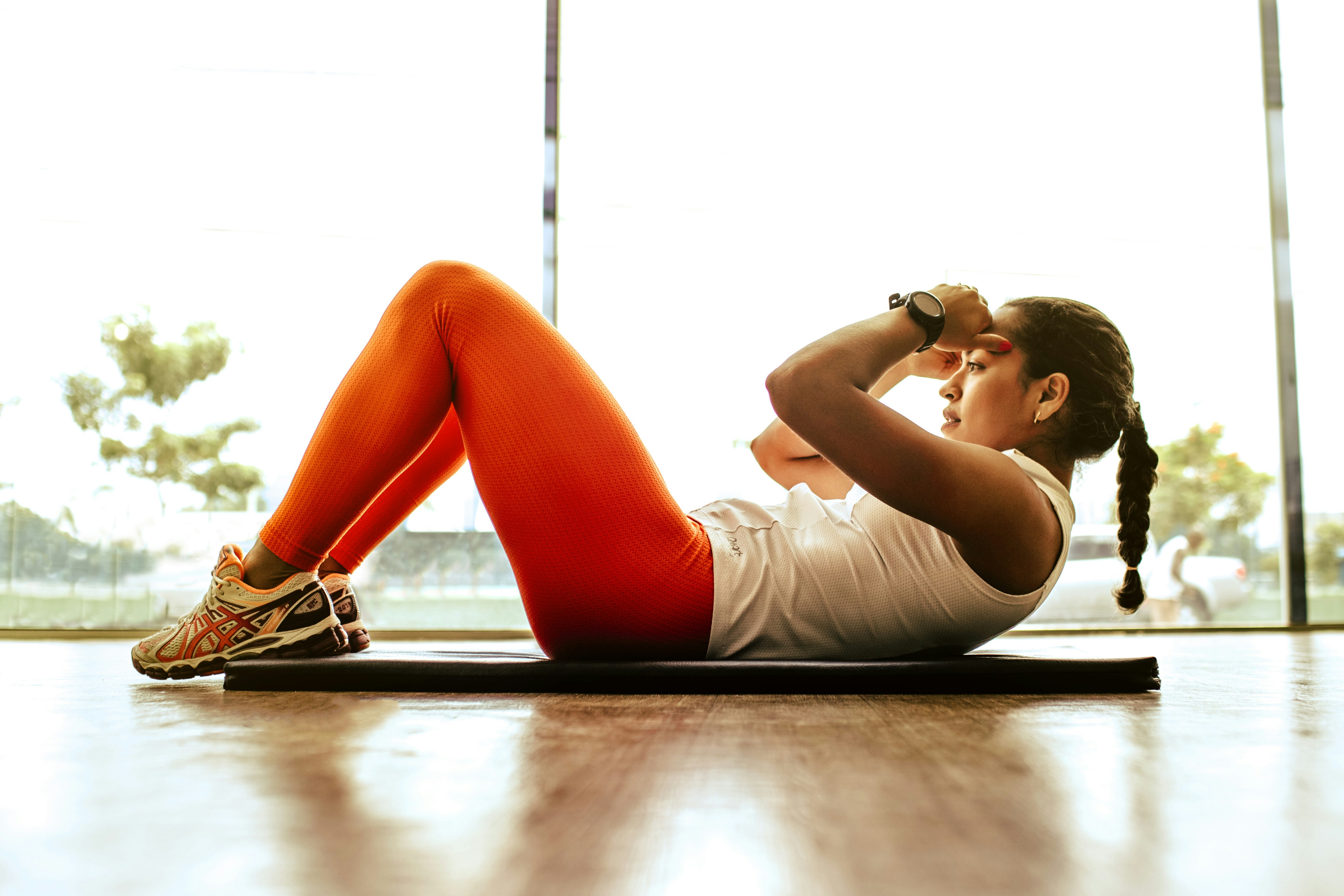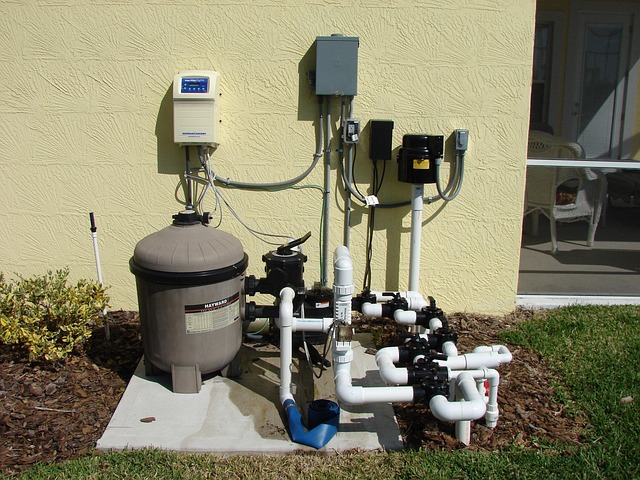Reclaiming Vitality: The Emergence of Active Recovery in Beauty and Fitness
The realm of beauty and fitness is ever-evolving, with innovative practices continually emerging. One such innovation that has come to the forefront recently is the concept of active recovery. This practice, traditionally used in the fitness industry to enhance physical performance and prevent injuries, has now found a place in the sphere of beauty, offering a holistic approach to wellness that merges physical fitness with aesthetic care. This article delves into the origins, current trends, and industry impact of active recovery in beauty and fitness.

A Historical Perspective: The Birth of Active Recovery
Active recovery has its roots in sports medicine, where it was used as a method for athletes to recover from strenuous physical activities. The idea was to engage in light exercises on rest days, which would keep the muscles active, boost circulation, and facilitate quicker recovery. Over time, the concept of active recovery expanded beyond the sporting arena, seeping into the fitness industry, and eventually, the beauty sector.
Current Industry Trends: Active Recovery in Beauty and Fitness
Fast forward to today, active recovery has become a buzzword in the beauty and fitness industry. Beauty brands are integrating active recovery principles into their products, focusing on restorative ingredients that work to repair and rejuvenate the skin during rest periods. Simultaneously, fitness professionals are emphasizing the importance of incorporating active recovery into workout routines to maximize results and prevent injuries.
Experts suggest that the rise of active recovery in the beauty and fitness industry is a response to the modern-day lifestyle. Today’s fast-paced world often leaves individuals with little time for rest, leading to physical burnout and premature skin aging. Active recovery offers a solution to this problem, promoting wellness through rest and rejuvenation.
Active Recovery: Benefits and Market Relevance
The benefits of active recovery are multifaceted. In fitness, it aids in muscle repair, reduces fatigue, and enhances overall performance. In beauty, it facilitates skin rejuvenation, reduces signs of aging, and promotes a healthier complexion.
Its market relevance is evident in the increasing number of beauty and fitness products and services centered around active recovery. Skincare brands are introducing recovery creams and serums, while fitness studios are offering active recovery classes. This indicates a growing consumer interest in active recovery, making it a significant trend in the beauty and fitness space.
Impact on the Beauty and Fitness Industry
The integration of active recovery into the beauty and fitness industry has led to a more holistic approach to wellness. It has encouraged individuals to prioritize rest and rejuvenation, alongside physical activity and skincare routines. This shift has given rise to a new market segment, opening up opportunities for brands to create innovative products and services.
Evidence-Based Recommendations
Studies support the benefits of active recovery in both fitness and beauty. Research indicates that light activity on rest days can aid in muscle repair and boost overall performance. Similarly, skincare products formulated with restorative ingredients can help rejuvenate the skin and reduce signs of aging.
Incorporating active recovery into your routine can be as simple as taking a leisurely walk on your rest day or using a recovery serum at night. The key is to find a balance that works for you, allowing your body and skin to rest and rejuvenate.
In conclusion, active recovery represents a significant shift in the beauty and fitness industry, merging physical wellness with aesthetic care. As consumers become more aware of the importance of rest and rejuvenation, the trend of active recovery is set to continue, shaping the future of the beauty and fitness industry.




